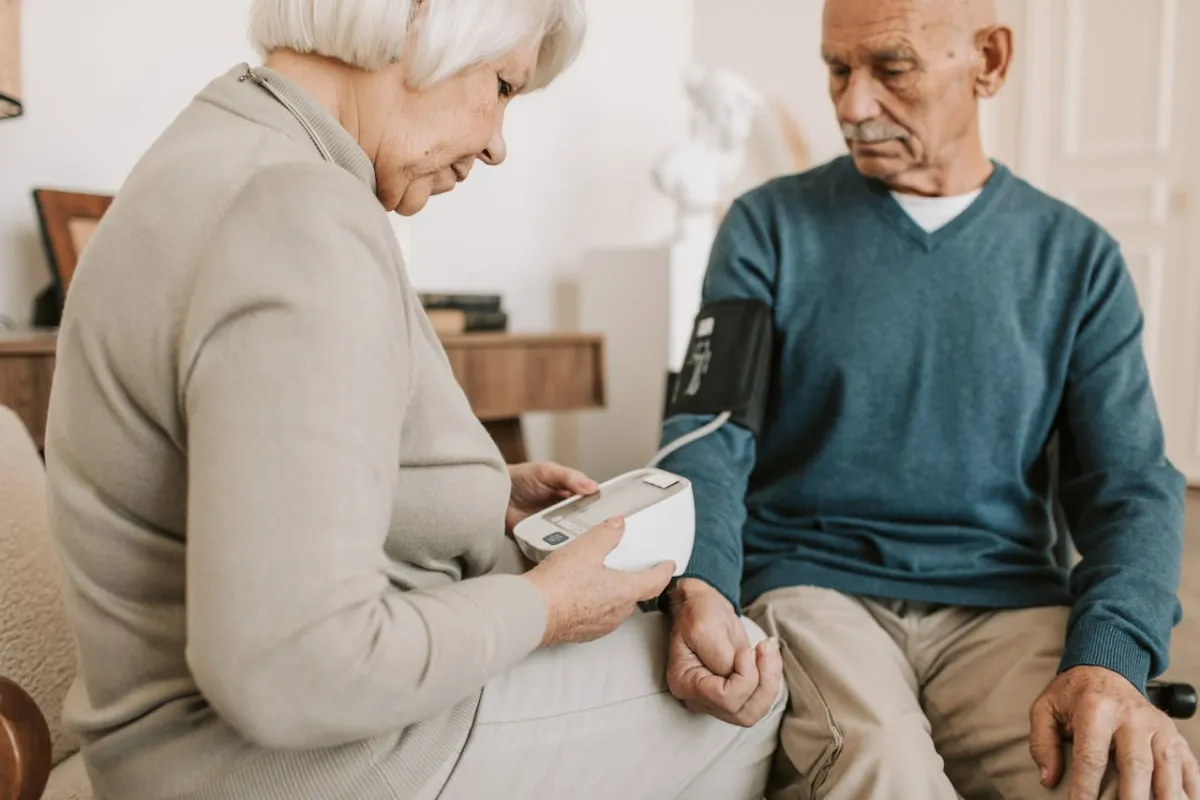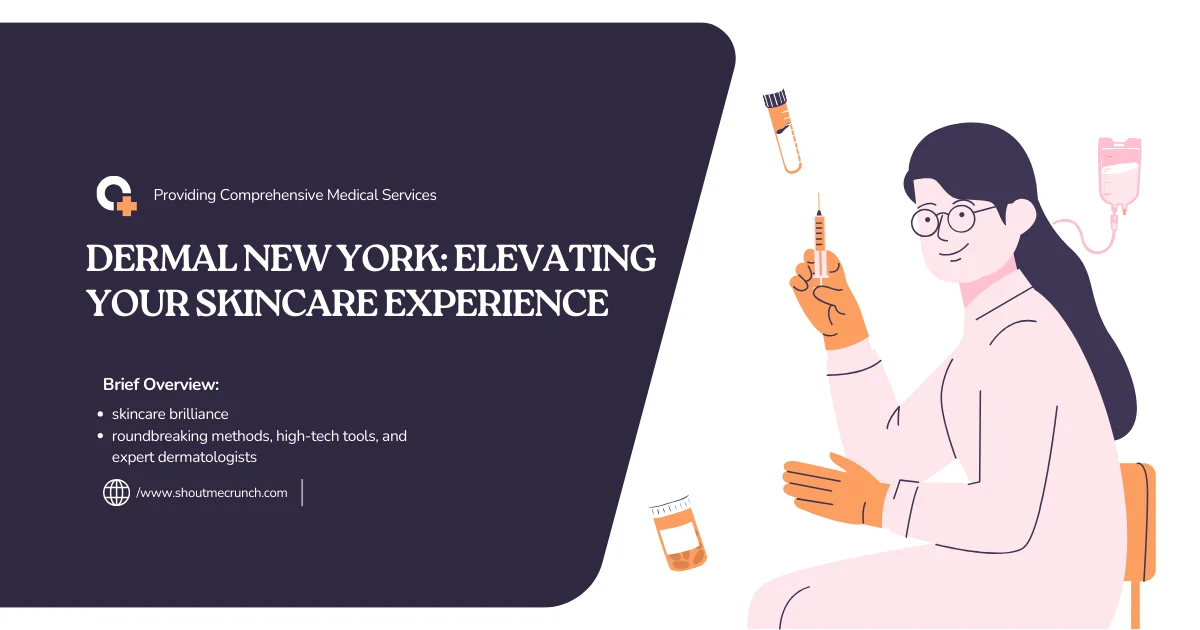Let’s be real. For years, “care homes” sounded like places where joy went to retire. Beige walls. Lukewarm tea. Bingo on Tuesdays if you’re lucky.
But things have changed. Big time.
Today’s senior living spaces? They’re more like boutique hotels with a wellness twist. Places where dignity, independence, and actual fun are baked into the daily routine. And as someone who’s blogged about everything from celebrity skincare routines to server virtualization (don’t ask), I can tell you—this shift in elder care is one of the most exciting transformations I’ve seen.
So let’s break it down. No fluff. Just the good stuff.
Contents
The New Meaning of “Care”: It’s Personal Now
Back in the day, care meant food, meds, and maybe a blanket. Now? It’s about you. Your quirks. Your preferences. Your playlist.
Modern care homes treat residents like actual humans (wild concept, I know). They’re not just recipients—they’re co-creators of their daily lives.
What’s Changed?
| Old-School Care | Modern Care |
|---|---|
| One-size-fits-all routines | Personalized schedules |
| Basic medical support | holistic wellbeing programs |
| Passive living | Active participation |
| Staff as task-doers | Staff as emotional allies |
And I’ve seen this firsthand at a luxury care home in Bournemouth. The staff there? Trained not just in medical stuff, but in emotional intelligence. They know how to spot loneliness, spark joy, and hold space for grief. That’s not just care. That’s connection.
Designing Spaces That Don’t Feel Like Waiting Rooms
Let’s talk interiors. Because yes, they matter.
Ever walked into a place and immediately felt… meh? That’s what bad design does. But good design? It lifts you. It invites you in.
Key Design Features That Actually Improve Wellbeing:
- Natural light: Boosts mood, regulates sleep.
- Accessible layouts: No awkward steps or tight corners.
- Sensory gardens: Nature therapy, minus the bugs.
- Quiet zones: For reflection, naps, or just zoning out.
- Activity rooms: Where creativity meets community.
Here’s a quick visual to show how design impacts mood:
Mood Boost vs. Design Element
-----------------------------
Natural Light | +30% happiness
Open Communal Spaces | +25% social interaction
Greenery & Gardens | +20% stress reduction
Private Nooks | +15% emotional regulation
So yeah, architecture isn’t just about aesthetics. It’s about emotional ergonomics.
Holistic Health: It’s Not Just Kale and Yoga
Okay, so “holistic” is one of those words that gets thrown around a lot. But here? It actually means something.
Modern care homes are rolling out programs that hit every part of the wellbeing spectrum—physical, mental, emotional, social. It’s like a wellness retreat, but with better pudding.
Sample Weekly Program:
| Day | Activity | Focus |
|---|---|---|
| Monday | Chair Yoga | Mobility & breathwork |
| Tuesday | Art Therapy | Creativity & expression |
| Wednesday | Mindfulness Circle | Emotional regulation |
| Thursday | Cooking Club | Autonomy & fun |
| Friday | Dance Social | Movement & connection |
And let’s not forget food. Because bland mashed potatoes? Not the vibe.
Nutrition Done Right:
- Personalized meal plans
- Resident-led menu choices
- Dining as a social experience
Honestly, I’d move in just for the food.
Check also Virtual Reality and Senior Care
Connection Is the Real Medicine
Here’s the thing: you can have all the fancy programs and plush sofas in the world, but if people feel lonely? It’s game over.
That’s why the best care homes focus on relationships. Staff take time to learn residents’ stories. Families are looped in, not locked out. And community isn’t just a buzzword—it’s a daily practice.
Pitfalls to Watch For:
| Feature | Benefit | Potential Drawback |
|---|---|---|
| Personalized care | High satisfaction | Requires more staff training |
| Open social spaces | Encourages interaction | Can be noisy for introverts |
| Activity-rich schedules | Boosts engagement | Risk of burnout if not paced |
| Family involvement | Strengthens support | Can cause tension if not managed well |
It’s not perfect. But it’s progress.
So What’s the Future of Care?
Honestly? It’s looking pretty bright.
We’re moving from clinical checklists to human-centered living. From “keeping people alive” to helping them thrive. And that’s a shift worth celebrating.
Final Thoughts (and a little blogger wisdom):
- If you’re researching care homes, don’t just look at the brochure. Visit. Talk to residents. Smell the air.
- Ask about emotional support programs. Not just medical care.
- Look for places that treat people like people—not patients.
Because at the end of the day, care isn’t just about safety. It’s about joy. And everyone—no matter their age—deserves a little joy.










